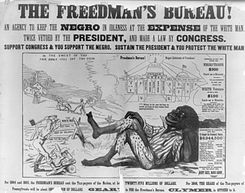The Black Hills are a mountain range in present-day South Dakota and protruding into Wyoming. Today, they hold contain Custer State Park, which is a bit ironic, and more famously, Mount Rushmore. However, to the Native Americans, namely the Lakota tribe, they were considered sacred and thought to be where the great spirit resided. Crazy Horse, a supposedly invincible war chief of the time, was said to have been blessed by the Black Hills, which was why no arrow nor bullet could harm him. It was also part of the land prescribed to the Native Americans in the Laramie Treaty, as there was no way the Natives would give up something as beholden and precious as the Black Hills without dying for it first. Eventually, however, after years of gradual assimilation and encroachment by the whites, the Black Hills was taken by settlers and the Natives were forced into special reservations.







